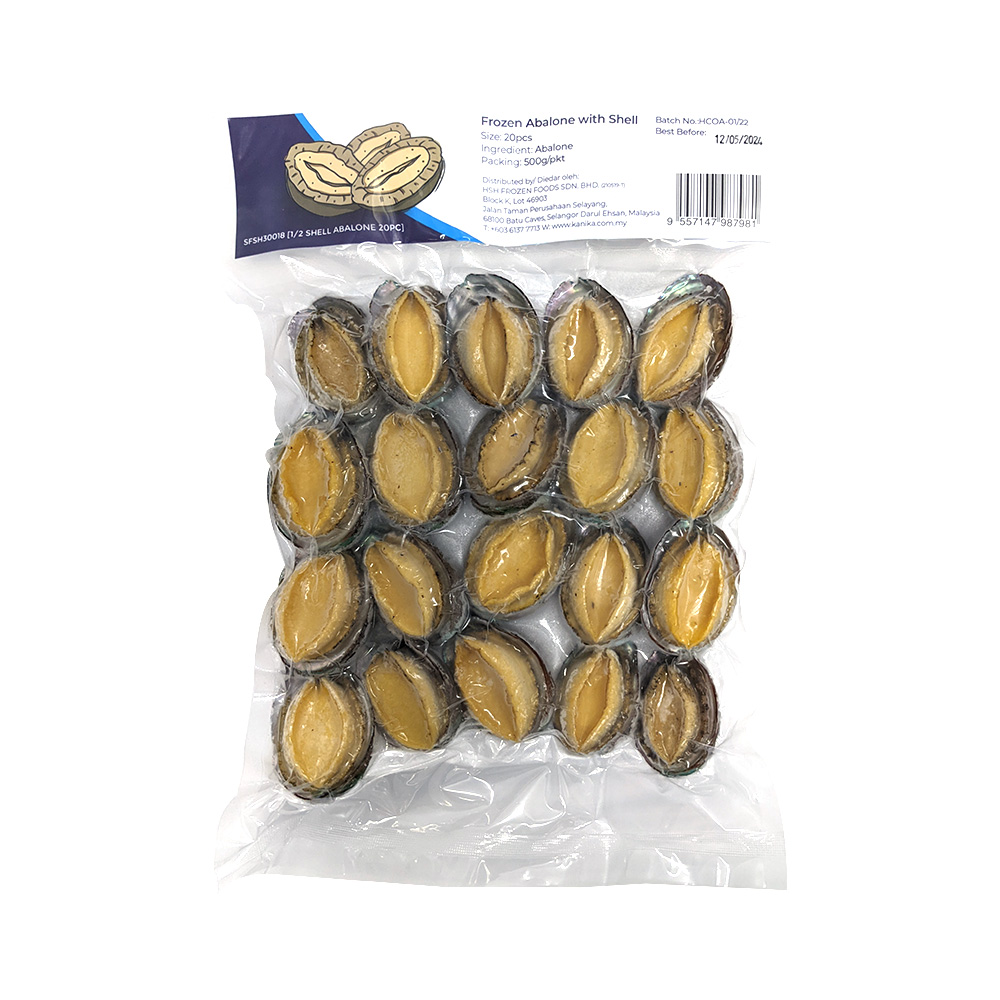Abalone (from Spanish abulon), also known as ear shells, sea ears and muttonfish, are edible marine gastropod mollusks from the family Haliotidae. They have a single shell with an iridescent mother of pearl (nacre) interior.
They are native to rocky coastal areas rich in kelp, their primary food source. They are sluggish growers, increasing in size only an inch a year.
Overview of Abalone as a Food Source
Abalone is a shellfish that’s often referred to as “the world’s most expensive seafood.” It can be found in cold waters of Japan, Australia, South Africa and California.
It has a single shell and a tough, muscular foot that allows it to cling to rocky surfaces in the ocean. It is also known for its taste that combines the saltiness of the ocean with the sweetness of butter.
In addition to its rich and flavorful meat, abalone contains a lot of nutrients. It’s a good source of protein, potassium and iodine.
Although the number of wild abalone has dramatically decreased over time, there are still several commercial farms that produce them in a sustainable way. These farmers are working to ensure that the gene pool of captive farmed perlemoen is diverse and will provide a foundation for replenishing the wild population should it ever become endangered.
Culinary Uses and Traditional Dishes Featuring Abalone
Abalone is a sea snail that lives in saltwater. It uses a unique foot that clings to rocks to eat algae.
It can be found fresh or frozen, and is considered a delicacy in many Asian cuisines. In China, it is called bao yu and is sometimes served in Chinese celebration banquets.
Raw abalone is often sliced into sashimi, which is a type of sushi. It is cut into thin slices and scored in a crosshatch pattern to make it easier to eat.
Abalone is a traditional dish in China, and is often served during the Lunar New Year. It is served in a variety of ways, including fried and braised. It can also be prepared in soups, stews and savory sauces. It is an ingredient that is delicious and a great source of protein.
Availability and Market Trends of Abalone Consumption
Abalones are a common ingredient in seafood delicacies, especially in Asia. They are sold as live, canned, dried, bottled, frozen, and prepared/preserved in various sauces.
Despite their popularity, wild abalone fisheries landings have decreased substantially since the 1970s. This is due to overfishing, disease, poaching, ocean acidification, and habitat degradation.
In response, aquaculture farming of these mollusks has increased rapidly in recent years. It is now a key tool in reducing the impacts of fishing on the environment and food security.
However, it is important to note that many aquaculture farmers are facing myriad challenges in the abalone mariculture subsector, including production costs, low market demand and a high risk of illegal products entering the global market. These challenges will need to be overcome by farms in order to achieve long-term profitability and sustainability in the industry.
Health Benefits and Concerns
Abalone is an extremely nutritious and nutrient-rich food source. It is an excellent source of protein, iodine, omega-3 fatty acids and many other essential vitamins and minerals.
It also helps promote healthy bones and teeth by supplying calcium and phosphorus, two important minerals that keep the body strong. Its anti-inflammatory properties also help reduce joint pain and stiffness.
It is also an excellent source of iodine, a mineral that can benefit the immune system and promote a healthy kidney function. It has also been found to promote healthy heart health.
Sustainability Issues
Abalone have long been a highly valued product wherever cool ocean waters and kelp beds are found. However, commercial harvest pressure has pushed wild populations to the brink of collapse.
Sustainable abalone farming requires optimal conditions in water quality, stocking density, temperature and salinity, as well as feeding practices. It also helps to farm under strict standards of the American Sustainable Aquaculture Alliance (ASC).
For example, the Monterey Abalone Company teaches students about marine biology and teaches them about the sustainability of its operations. It partners with Moss Landing Marine Laboratories to educate elementary and high school students about abalone.
Besides these educational programs, the abalone industry has also partnered with the World Wildlife Fund and the National Aquaculture Council to develop self-regulation processes that can be used by all abalone farmers. This will ultimately help to establish a global standard for the farming of abalone.

